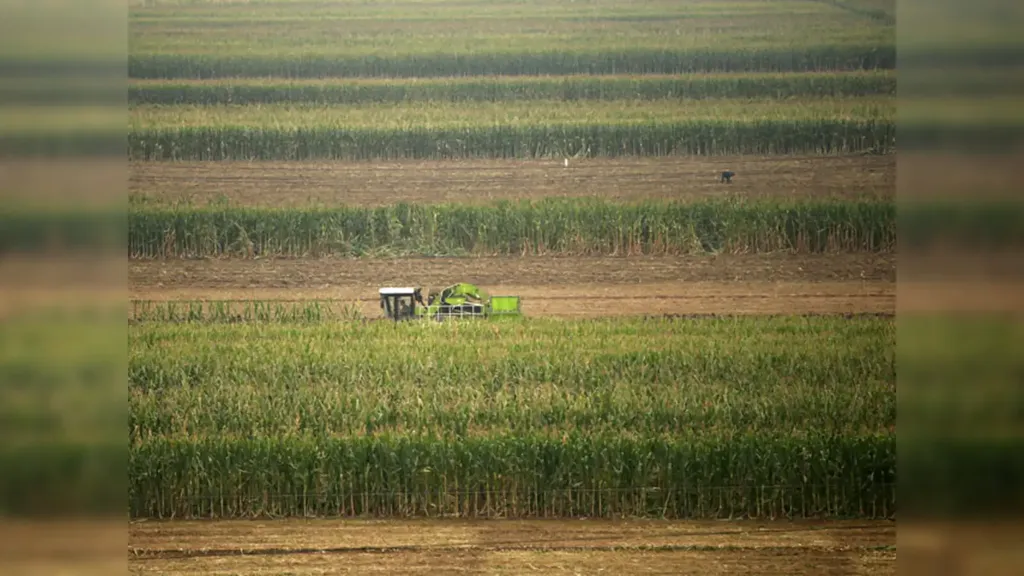In the quest to enhance soil health monitoring, a team of researchers led by Rachna Singh from the Agricultural and Food Engineering Department at the Indian Institute of Technology Kharagpur has pioneered a novel approach that combines the power of generative artificial intelligence (AI) and a handheld Nix color sensor. Their study, published in *Scientific Reports*, offers a promising solution to the labor-intensive and costly process of estimating soil organic carbon (SOC), a critical indicator of soil health.
Traditionally, SOC estimation relies on laboratory assays that are time-consuming and expensive. Singh and her team sought to develop a rapid, cost-effective alternative by leveraging high-resolution color data captured by the Nix Spectro 2 Color Sensor. The sensor was used to collect data from 641 surface soil samples across six districts in West Bengal, India. The researchers then employed four data-driven prediction engines—Random Forest (RF), Gradient Boosting Regression (GBR), Extreme Gradient Boosting (XGBoost), and an Artificial Neural Network (ANN)—to predict SOC levels.
The breakthrough came with the integration of synthetic data augmentation techniques. By using generative AI methods such as generative adversarial networks (GANs) and Gaussian mixture models (GMM), along with non-parametric/statistical methods like k-nearest neighbors (KNN) and bootstrapping, the team was able to fill critical gaps in the SOC range (3–14%). This augmentation significantly improved the predictive accuracy of the models, particularly for the Random Forest algorithm, which achieved a validation accuracy of R² = 0.77 and RMSE = 0.84%.
“The incorporation of synthetic data mitigated model bias and enhanced predictive accuracy,” Singh explained. “This approach not only reduces the need for extensive laboratory testing but also provides a more comprehensive understanding of soil health.”
The commercial implications for the agriculture sector are substantial. Farmers and agronomists could benefit from a rapid, on-site soil assessment tool that is both cost-effective and accurate. This technology could revolutionize precision agriculture, enabling farmers to make data-driven decisions that optimize crop yields and soil health. Additionally, the methodology could be expanded to multi-parameter soil assessments and digital soil mapping, further enhancing sustainable soil management practices.
“The potential of AI-driven soil monitoring techniques is immense,” Singh noted. “This research paves the way for broader applications in climate change mitigation and sustainable agriculture.”
As the agriculture industry continues to evolve, the integration of AI and advanced sensor technologies holds the promise of transforming soil health monitoring. The study by Singh and her team represents a significant step forward in this direction, offering a glimpse into a future where technology and agriculture converge to create more sustainable and efficient farming practices.

